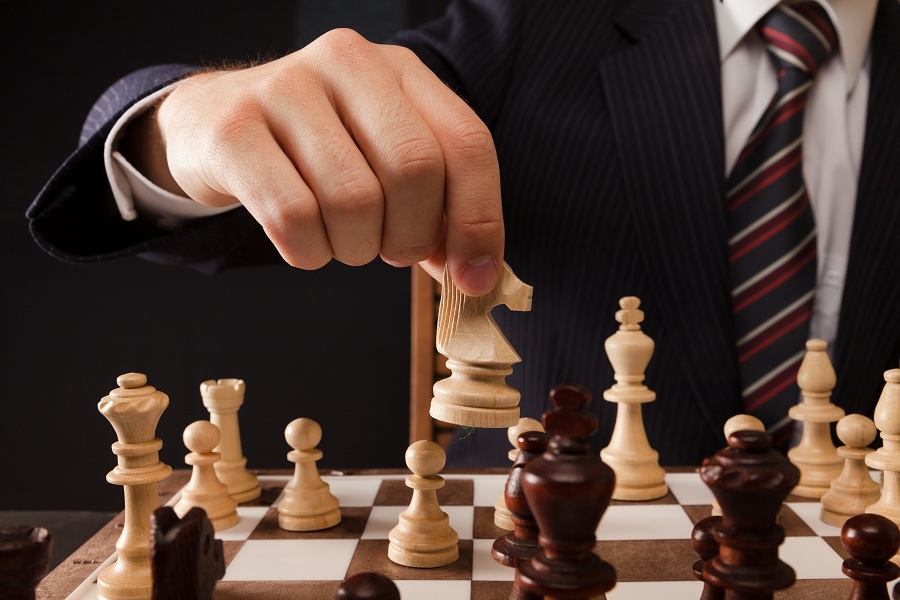Did you ever feel frustrated when playing chess because your opponent made such clever moves, yet was able to hold the lead? Maybe you were in an exam you’ve had the experience of having suddenly, it was like a lightbulb lit up because of some reason, but you’re not sure exactly what happened or what caused it to change the course of events. This could be a reason why visualization skills are important in games such as this.
In chess, visualization is a key technique. These suggestions will help you get you started.
Making Thousands of Puzzles
While the variety of puzzles may not be obvious, I would highly recommend it. The game gets more exciting when you need to move your pieces around on the board, and then make choices regarding which direction they should move next.
It’s very useful to know the number of moves are required for a mate in chess. This can cut down on the time spent trying out different options and increases solve time because you’re not wasting energy in a game that doesn’t work out, or waiting for inspiration from above.

Knowing ahead of time which method to employ can be an enormous advantage when trying out new tactics. It may also be a catalyst for calculated variations in the event that the student isn’t certain which other moves are competent of or how the move will be able to perform on various surfaces and weather conditions.
You might be wondering what mating exercise are. You might be thinking about mating exercises. Although they can aid in your chess-related visualization as they use forced movements that aren’t necessarily allowing for the best development.
Without moving any pieces, you can study variations of annotated games.
It is essential to comprehend the rules and strategies of a game. But it is also important to understand how various decisions affect your expectations of the game’s outcome. It may be challenging initially, as you may think of a plan that doesn’t match up with reality or maybe some things happen too fast that it is difficult to comprehend all in detail-but by taking the slow route, you’ll become better with practice.
Pattern recognition
What’s the most effective way to achieve the status of a world-class chess player? It is evident that there are numerous ways to go however one thing is certain that you require an effective “mental database” of patterns. When we’re comfortable with these methods within our heads (through visualization) the process of searching for new ones is more straightforward since they’ll look like or similar. This helps us think of clever strategies before the time runs out for crucial moves.
Repetition is the basis of abilities, and as we’ve all heard: repetition can make any move or trick easier to remember. If you practice something several times, it’ll be more easy after time has gone by because your brain can store what you learned in that specific situation, where there weren’t any distractions from other events happening around us. practicing these techniques with different individuals who can help spark new ideas if they’re capable of doing so themselves.
For more information, click chess puzzles
